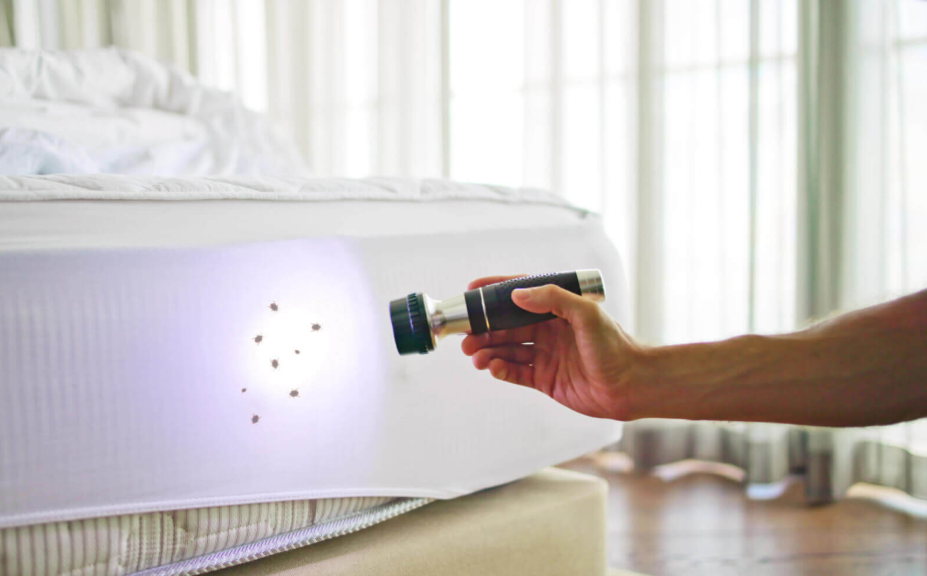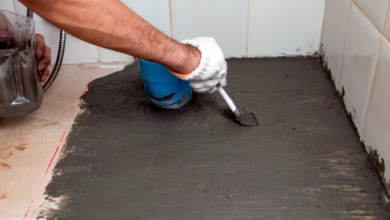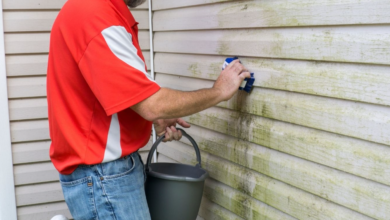
How to Inspect Your Hotel Room for Bedbugs
Traveling can be an exciting experience, but the last thing you want is to bring home an unwanted souvenir—bedbugs. These tiny pests can hitch a ride in your luggage, clothing, or personal items, leading to an infestation in your home. To avoid this nightmare, it’s crucial to inspect your hotel room thoroughly before settling in. Here’s a step-by-step guide on how to check for bedbugs in your hotel room.
Why Bedbug Inspections Are Important
Bedbugs are small, reddish-brown insects that feed on human blood. They hide in cracks, crevices, and soft furnishings, making hotels a common breeding ground. An infestation can cause itchy bites, allergic reactions, and significant stress. Since bedbugs spread easily, detecting them early can save you from costly extermination treatments at home.
Step 1: Keep Your Luggage Outside
Before entering the room, place your luggage in the bathroom (preferably in the bathtub or on a tile floor). Bedbug control ( væggelus bekæmpelse ) are less likely to hide in bathrooms because they lack hiding spots and fabric. This prevents them from crawling into your belongings while you inspect the room.
Step 2: Examine the Bedding
The bed is the most common hiding spot for bedbugs. Follow these steps:
1. Remove the Sheets and Inspect the Mattress
- Pull back the sheets, blankets, and mattress cover.
- Check the seams, tufts, and folds of the mattress—bedbugs often hide in these areas.
- Look for small reddish-brown bugs, tiny white eggs, or dark spots (bedbug feces).
2. Check the Bed Frame and Headboard
- Inspect cracks, joints, and screw holes in the bed frame.
- If the headboard is attached to the wall, examine the backside and edges.
Step 3: Inspect Furniture Near the Bed
Bedbugs don’t just stay in the bed—they can hide in nearby furniture.
1. Nightstands and Dressers
- Open drawers and check corners and seams.
- Look behind and underneath furniture.
2. Upholstered Chairs and Couches
- Examine seams, cushions, and folds.
- Use a flashlight to spot tiny bugs or stains.
Step 4: Check Curtains and Carpets
- Inspect the edges of curtains, especially near the bed.
- Look along baseboards and carpet edges for signs of bedbugs.
See also: Emergency Kids Dentist in Lenexa: Immediate Care for Your Child’s Dental Needs
Step 5: Look Behind Wall Decorations and Electrical Outlets
- Bedbugs can hide behind picture frames, mirrors, and loose wallpaper.
- Check electrical outlets (turn off power before inspecting).
Step 6: Use a Flashlight and Magnifying Glass
Bedbugs are small (about the size of an apple seed), so a flashlight helps spot them in dark areas. A magnifying glass can help identify eggs or nymphs.
What to Do If You Find Bedbugs
- Notify Hotel Staff Immediately – Request a new room (preferably in a different section of the hotel).
- Avoid Placing Luggage on the Bed or Floor – Use a luggage rack (after inspecting it).
- Consider Changing Hotels – If the infestation is severe, find another accommodation. For more read https://vaeggelus-fri.dk/
Preventing Bedbugs from Coming Home
Even if you don’t find bedbugs, take precautions:
- Keep luggage in sealed plastic bags.
- Wash and dry clothes on high heat after traveling.
- Vacuum luggage and inspect it before bringing it inside.
Conclusion
A quick bedbug inspection can save you from a major headache. By following these steps, you can enjoy your trip without worrying about bringing pests home. Always stay vigilant—bedbugs are excellent hitchhikers, but with careful inspection, you can avoid them.



